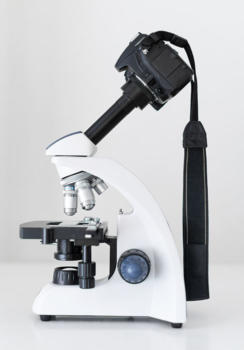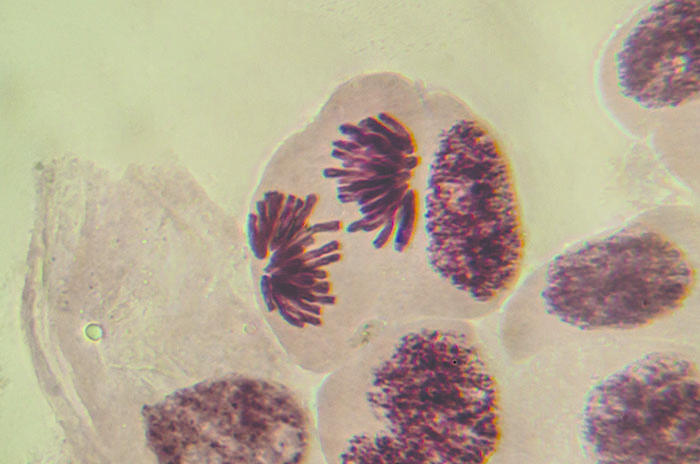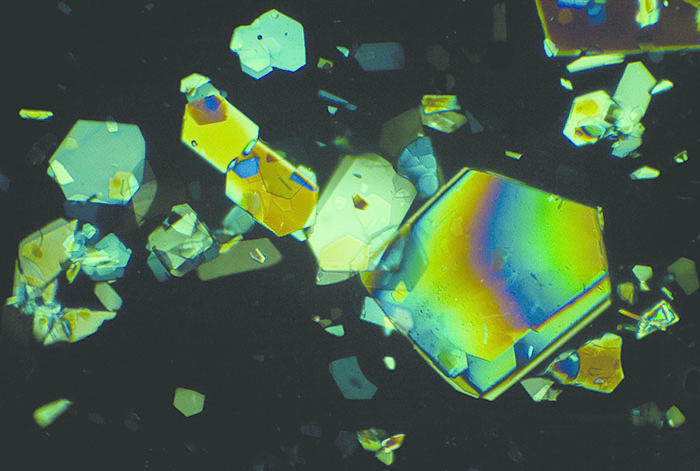Microbiology images – microscopes and photography
Posted on July 24, 2019 by Matt Bassett
As part of the celebrations for our 75th anniversary, we’re inviting the microbiology community to submit images related to the microbiological world to help highlight how microbiology answers big questions by giving us knowledge of very small things. We welcome images of your science, of nature, of people, places and events that will inspire, inform and demonstrate how the study of microbes helps us to understand our world and our place within it. Microscopic photographs may seem incredibly difficult to replicate, but taking photographs using a microscope is easier than you think. Matt Bassett, Content and Media Officer at the Microbiology Society, gives a few pointers and a little inspiration.
Photographs allow you to portray a story or an image that can inspire and educate others. As microbiologists, you see and interact with worlds that the everyday person may never get the chance to see. But by combining cameras and microscopes, you can introduce people to your world, and hopefully inspire people to get involved with microbiology.
While an image may seem uninteresting, remind yourself that you are working in the field; you see these images every day, so of course they are going to lose their impact, but just think back to that first time you looked down a microscope and saw a myriad of life – photos can share this moment with others who may not get that chance.

Equipment
The first step is equipment; to start taking high quality images you do need some specialist equipment to adapt your camera for use with a microscope. Lens converters attach to SLR cameras where the lens would normally be, and these allow your camera to take the place of one of the eyepieces of the microscope. If you don’t have an SLR don’t worry, as inexpensive ‘clip-on’ converters can be bought for use with smartphones.
Think outside the box
When you have your microscope set up with the camera attached, the best thing you can do is experiment; use different lighting, phase contrast or dark field techniques. Look for what makes your subject stand out the most.
The depth of field problem
One of the issues you will first come up against is depth of field; a microscope’s depth of field is very shallow and often a subject will be too large and so only a portion of it will be in focus. There are ways around this problem. Using a technique known as focus stacking – taking multiple images and ‘stacking’ them on top of each other in editing software, for example photoshop, can allow you to get all of the subject in focus.
A few ideas



If you feel inspired to try and take some images through a microscope, you can submit your them to our Microbiology Images project here

